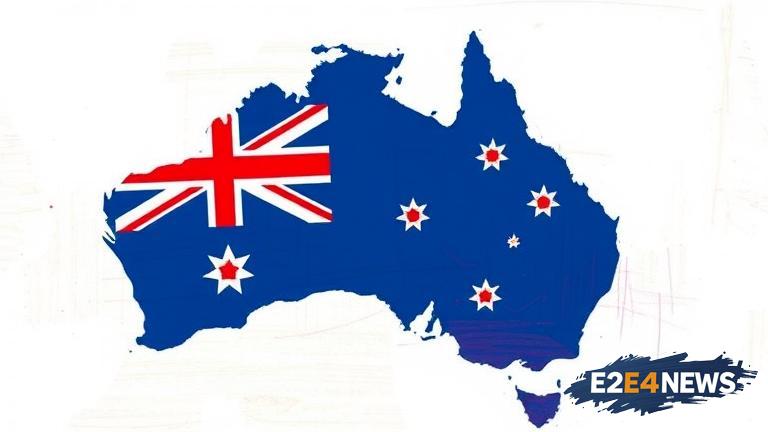In a significant move to safeguard the online well-being of its young citizens, Australia has announced the expansion of its social media ban to include YouTube. This decision comes as part of the country’s efforts to protect teenagers from the potential harms of social media, including cyberbullying, online harassment, and exposure to inappropriate content. The ban, which was initially limited to certain platforms, now encompasses YouTube, one of the most widely used social media and video-sharing platforms globally. By scrapping the exemption for teenagers, the Australian government aims to ensure that all minors are shielded from the adverse effects of excessive social media use. This move is seen as a proactive step towards promoting digital literacy and responsible social media usage among the youth. The decision has been welcomed by child safety advocates and experts who have long been warning about the dangers of unregulated social media access for teenagers. They argue that prolonged exposure to social media can lead to a range of negative outcomes, including decreased attention span, increased risk of mental health issues, and a distorted view of reality. Furthermore, the ban is expected to prompt other countries to reevaluate their own policies regarding social media access for minors. The Australian government has emphasized its commitment to creating a safer online environment for all citizens, particularly the vulnerable younger population. To achieve this, it has been working closely with social media companies, urging them to implement stricter age verification processes and to remove harmful content from their platforms. The inclusion of YouTube in the ban underscores the government’s resolve to address the issue comprehensively, recognizing that YouTube, with its vast array of content, poses a significant challenge in terms of content moderation. While the move has been praised for its intent, there are also concerns about its potential impact on freedom of expression and the practical challenges of enforcing such a ban. Critics argue that blanket bans may not be the most effective solution, as they could drive social media usage underground, making it harder to monitor and protect teenagers. Instead, they suggest that education and awareness campaigns about safe social media practices could be more beneficial. Despite these concerns, the Australian government remains committed to its approach, citing the need for immediate action to protect its young citizens. The ban is part of a broader strategy that includes investing in digital literacy programs and collaborating with international partners to develop global standards for social media regulation. As the world watches Australia’s experiment with social media regulation, there is a growing recognition of the need for a balanced approach that protects minors without stifling the benefits that social media can offer. The situation highlights the complexities of regulating the digital world and the challenges governments face in keeping pace with the rapidly evolving social media landscape. In conclusion, Australia’s decision to widen its social media ban to include YouTube and to scrap the exemption for teenagers marks a significant step in the country’s efforts to safeguard its young population from the potential harms of social media. While the move is not without its challenges and controversies, it reflects a growing global concern about the impact of social media on minors and the need for concerted action to ensure their online safety.





